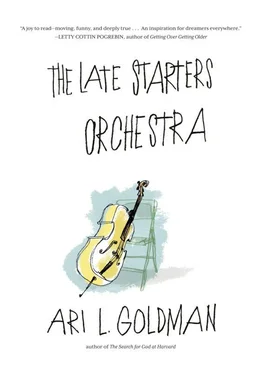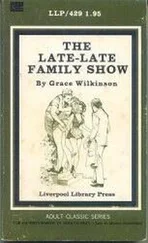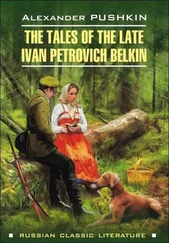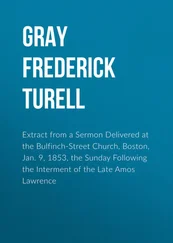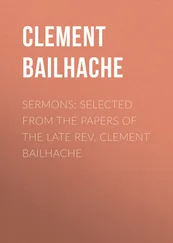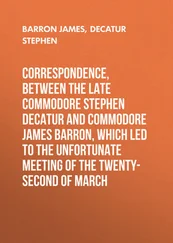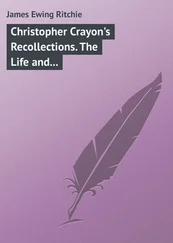Our first child, Adam, came within our first year of marriage. To honor Mr. J, we gave Adam the middle name of Joachim. I felt closer than ever to Mr. J and even kept up sessions with him until Adam was about a year old, but I soon found that the demands of job and family were overwhelming; I simply had no time for music lessons, let alone practicing. It was a wrenching decision, but I stopped my regular lessons and put the cello away. I was thirty-five years old and the time had come to concentrate on other things. But I stayed in touch with Mr. J — after all, he had become something of a father to me — and I always knew I would return to music one day. My cello was in a closet but it was not forgotten, just waiting for the right moment.
Four years later Shira and I had a daughter and named her Emma. We had no relative or music teacher named Emma, but I always had wanted to be related to the great anarchist-feminist Emma Goldman and, now, finally, I was. When Emma was turning five years old, I gave up my reporting job at the New York Times and took a faculty position at Columbia University’s Graduate School of Journalism. And then, fresh in my new life as a professor, we had a third child, Judah, named for my mother, who had died just a few weeks before his birth.
ALL OF OUR CHILDREN proved to be musical, Adam gravitating toward the piano and Emma blessed with a lovely singing voice. But it was Judah who was the first to show any interest in the cello. One day when he was six, I took my cello out of the closet, liberated it from its dusty wooden case, tuned it up, and played for him. “This is Bill,” I told him, and, using Mr. J’s cosmology, showed him Bill’s head, ears, neck, body, and single leg. “Where’s the other one?” Judah asked. I told him that Bill was from France and was injured in the French Revolution. “Come closer,” I said. “Look, he even has a bullet wound in his chest.” Judah looked at the patched-up hole in wonder.
It had been decades since I had played with Mr. J and I didn’t really remember any songs but still knew how to tune the instrument, and I could nicely manage open strings. “A, D, G, C,” I sang along.
Then I showed Judah how I could play a song out of these four notes. It is a little melody that Mr. J taught me called “Sheila’s Open String Waltz.” It goes DDD, AAA, DDGD, AAAD. First I plucked the strings then I bowed them, swaying with a dance-like rhythm. Then I showed him a little open string march called “A Toy Regimen.”
Judah’s eyes widened and he tried to hold the cello and imitate my motions. It was, of course, a full-size adult cello and Judah could not get his arms around it. But I had him put his hand on mine as I bowed. “It’s vibrating, Daddy!” he exclaimed. Then I told him to put his ear directly on the wooden back so he could hear the soul of the cello. “That tickles,” he said and laughed.
“Judah, do you know that they make cellos for children your size?”
I let the thought sink in.
“I know a place where we can get one and maybe we can find a teacher for you so you can play cello, too.”
“Yes,” Judah said. “Let’s go.”
I explained that it would still be a few days before I could arrange everything but that we would do it soon.
I was about to put the instrument back in its wooden case when I told Judah to say “good-bye” to the cello for now. He then did something extraordinary. He leaned over and kissed the cello good-night.
PART THREE
Fathers and Sons and Orchestras
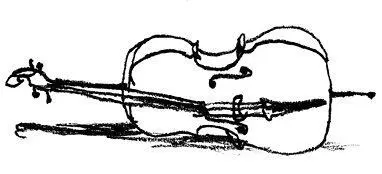
Music is the divine way to tell beautiful, poetic things to the heart.
— PABLO CASALS
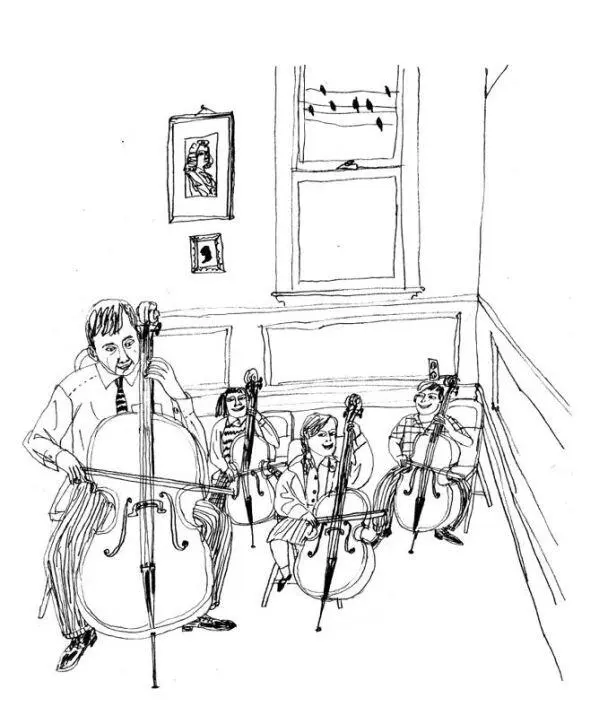
In Judaism there is the concept of the ba’al teshuva, one who “returns” to the faith. Curiously, such people — we might call them Jewish late starters — are seen as returning to the faith even if they never were observant to begin with. The idea is that observance is the “natural state” of a Jew and that, as we take steps toward tradition, we are in a very real sense going back to our essence.
This notion of return centers on one of my favorite Jewish myths, the one about the angel Gabriel, who is said to visit every Jewish child in the womb and teach him, or her, all of Torah — Torah being used here in the broadest sense: Jewish lore, law, and wisdom. It is a wonderful image to contemplate, especially since Gabriel is said to carry a lantern to light his way in the darkness of the womb.
However, right before the baby goes out into the world, Gabriel blows out the light and gently strikes the child over the mouth (hence the indentation between the upper lip and nose) — and all the learning is forgotten. Life, this story teaches, is about reclaiming what we already know.
In learning music — and in sharing it with my children — I sometimes have the sense that I am recapturing something intrinsic to me rather than learning something alien and new. This was especially true in the lessons taught by Mr. J. When he reminded me that the music is in you, I wondered if Gabriel also gave me music lessons in the womb alongside the lessons of Torah. Perhaps learning cello as a late starter was not about learning it anew but about recapturing what was already part of me.
AS WITH TORAH, I believed that there was a right way and wrong way to do music. I had certain orthodoxies about classical music, ideas influenced in no small measure by Mr. J.
First, there is no higher art form . Paintings are nice, architecture can be inspiring, mathematics has its moments, engineering is a marvel, but classical music is the pinnacle of creation. Jazz, rock, and folk have their place, but classical music is the God music and the God of all art forms.
Second, classical music was written for one purpose: to be listened to. All other music can be interrupted. You can talk at a jazz club; go ahead, bob your head and tap your foot. You can sing along with the folksingers at the hootenanny; Pete Seeger will even prompt the next verse. You’ve got to get on your feet, dance, jump into a mosh pit, or wave a match (or your lighted cell phone) at a rock concert. But you must sit still at the symphony. And listen. There is no such thing as incidental music. Music is the main course.
With obvious joy, Mr. J would quote G. K. Chesterton, the English literary and social critic, who said: “Music with dinner is an insult both to the cook and the violinist.”
Third, classical music is telling us something important. It demands active listening and, if you indeed listen, you will experience powerful feelings that stimulate the imagination and touch the soul. It speaks to us, not just in some metaphorical sense, but in real, actual language. It is, simply put, more powerful than words.
Fourth, recordings are okay, but nothing equals the experience of hearing music live, in a concert hall, where you can connect with the musicians and the mind and soul can focus.
Fifth, this is the music you never tire of. You learn something from every encounter with classical music. I cannot listen to the same rock song over and over again. Being stuck in a car with a “classic rock” or “Top 40” radio station is my worst nightmare. I do not want music of the seventies or eighties or nineties, as some popular radio stations advertise. I want the music of the seventeen hundreds and eighteen hundreds and early nineteen hundreds. Over and over and over again.
Читать дальше
